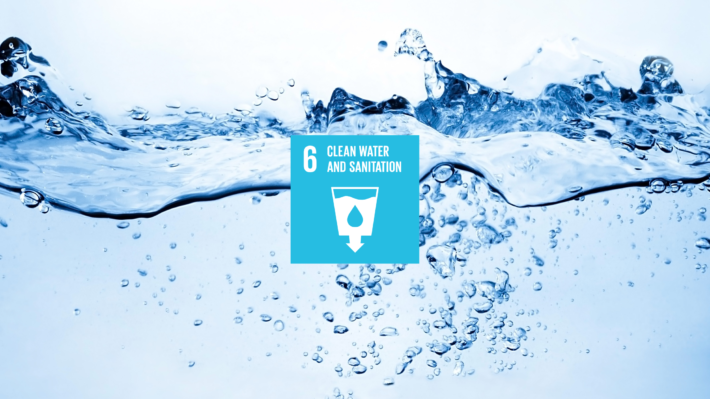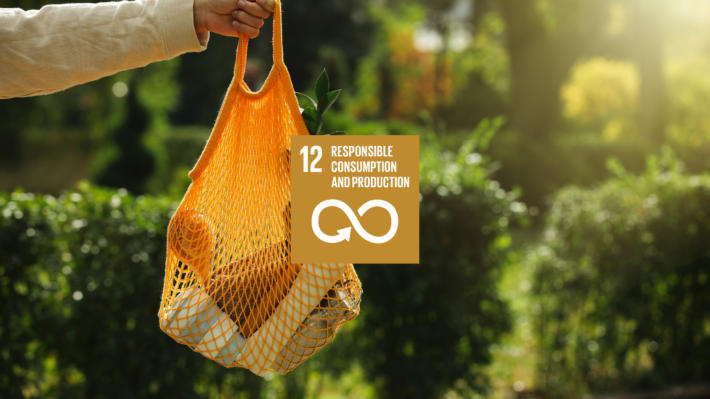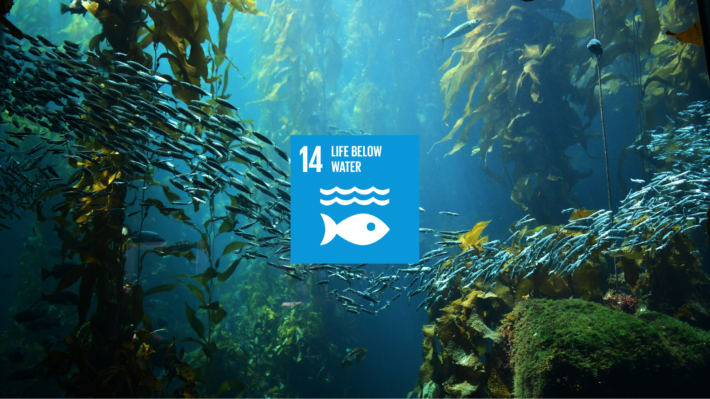Achieving Sustainable Development: SDG 13 Climate Action
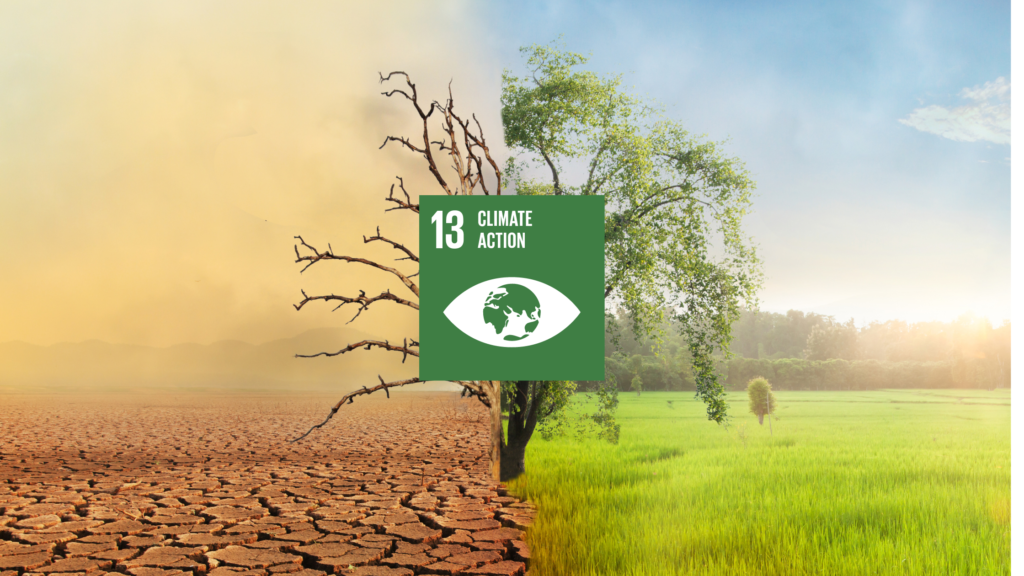
The United Nations Sustainable Development Goal 13 (SDG 13) aims to “take urgent action to combat climate change and its impacts.” Recognizing the existential threat posed by climate change, SDG 13 emphasizes the need for global cooperation, innovation, and decisive action to mitigate its effects. This blog will explore the specific targets under SDG 13, the methods for measuring progress, and the achievements and challenges encountered so far.
Climate Action Targets
SDG 13 is comprised of five targets that collectively address various aspects of climate action, from enhancing resilience to climate-related hazards to improving education and raising awareness about climate change.
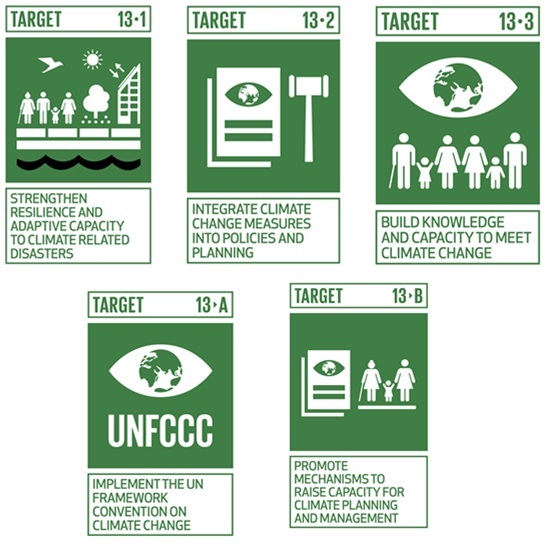 Target 13.1: Strengthen Resilience and Adaptive Capacity to Climate-Related Disasters
Target 13.1: Strengthen Resilience and Adaptive Capacity to Climate-Related Disasters
Target 13.1, focuses on strengthening resilience and adaptive capacity to climate-related hazards and natural disasters. This involves improving the ability of countries to respond effectively to extreme weather events such as floods, hurricanes, and droughts. It encourages the development of disaster-resilient infrastructure, implementation of early warning systems, and the creation of robust frameworks for disaster management at both the local and national levels.
Target 13.2: Integrate Climate Change into Policies and Planning
Climate action needs to be embedded in the core of national and regional development strategies. This involves aligning policies with international frameworks, like the Paris Agreement, to reduce greenhouse gas emissions and promote sustainable growth. Governments are encouraged to incorporate climate considerations across sectors such as energy, agriculture, and transportation, ensuring that economic development goes hand in hand with environmental sustainability.
Target 13.3: Build Knowledge and Capacity to Meet Climate Change
Raising awareness and building knowledge around climate change are essential for both mitigation and adaptation. This target highlights the importance of climate education at all levels, encouraging individuals, businesses, and communities to adopt sustainable practices. It also stresses the need to empower people to understand the risks and solutions related to climate change, fostering more informed and proactive participation in climate action.
Target 13.4: Implement the UN Framework Convention on Climate Change
This target focuses on fulfilling the international commitments made under the UN Framework Convention on Climate Change (UNFCCC) to support global climate efforts. A key component is the mobilization of $100 billion annually by developed countries to help developing nations implement climate mitigation and adaptation strategies. These funds are intended to assist vulnerable countries in transitioning to low-carbon economies and building resilience to climate-related impacts such as rising sea levels and extreme weather events.
Target 13.5: Promote Mechanisms to Raise Capacity for Planning and Management
Countries, particularly developing ones, need robust institutional mechanisms to manage and mitigate the impacts of climate change. This target focuses on enhancing their capacity to develop and implement climate policies and strategies aligned with the Paris Agreement and other sustainability frameworks. It aims to foster better planning and coordination among stakeholders, ensuring that national efforts contribute effectively to global climate goals
Measuring Progress
Measuring progress towards achieving SDG 13 involves tracking a range of indicators associated with each target. The indicators provide a quantitative and qualitative assessment of how well countries are performing in their climate action efforts. Key indicators include:
Number of deaths, missing persons, and directly affected persons attributed to disasters per 100,000 population (Target 13.1): This indicator measures the human impact of climate-related disasters, providing insight into the effectiveness of resilience and adaptive strategies.
Number of countries that have integrated mitigation, adaptation, impact reduction, and early warning into primary, secondary, and tertiary curricula (Target 13.3): This indicator assesses the extent to which climate education is being incorporated into national education systems, highlighting progress in raising awareness and building capacity.
Total greenhouse gas emissions per year (Target 13.2): Tracking greenhouse gas emissions is critical for understanding the progress in implementing national policies and strategies aimed at reducing emissions.
Amount of financial support mobilized to address the needs of developing countries in mitigating and adapting to climate change (Target 13.A): This indicator measures the financial contributions made by developed countries, providing insight into the international commitment to supporting vulnerable nations.
Number of countries with nationally determined contributions, long-term strategies, national adaptation plans, strategies as reported in adaptation communications, and national communications (Target 13.B): This indicator assesses the capacity of countries, particularly developing ones, to plan and implement effective climate action strategies.
Progress So Far
 Progress towards achieving SDG 13 has been mixed, with notable achievements in some areas and significant challenges in others.
Progress towards achieving SDG 13 has been mixed, with notable achievements in some areas and significant challenges in others.
Strengthening Resilience and Adaptive Capacity
Enhancing resilience and adaptive capacity to climate-related hazards and natural disasters is a critical aspect of SDG 13. Many countries have made strides in integrating disaster risk reduction into their national strategies and have implemented measures to reduce vulnerability, especially in disaster-prone areas. However, despite these efforts, the increasing frequency and intensity of extreme weather events, such as hurricanes, floods, and wildfires, continue to challenge global resilience efforts. Vulnerable communities, particularly in developing countries, often lack the necessary infrastructure and resources to effectively cope with these disasters, highlighting the need for more comprehensive support and capacity-building initiatives.
Integrating Climate Change Measures into National Policies
The integration of climate change measures into national policies, strategies, and planning is crucial for achieving long-term sustainability goals. The Paris Agreement has been a significant catalyst, prompting many countries to develop and submit nationally determined contributions (NDCs) that outline their climate action plans. While there has been progress in aligning national policies with climate goals, the effectiveness of these policies varies widely. Some countries face challenges in fully implementing their NDCs due to limited financial resources, technological constraints, and political obstacles. Additionally, there is a need for greater ambition in setting and achieving emissions reduction targets to meet the global goal of limiting warming to 1.5°C.
Improving Education and Awareness
Raising awareness and improving education on climate change mitigation, adaptation, impact reduction, and early warning systems are vital components of SDG 13. There has been significant progress in this area, with increased public understanding of climate change issues and the importance of sustainable practices. Educational programs, media campaigns, and grassroots initiatives have contributed to this growing awareness. However, challenges remain in ensuring that climate education is integrated into formal curricula and reaches all levels of society. Furthermore, there is a need for practical training and capacity-building to equip individuals and communities with the skills necessary to implement climate solutions.
Mobilizing Financial Support
Financial support is a critical element of climate action, particularly for developing countries that are disproportionately affected by climate change. Target 13.A emphasizes the need for developed countries to mobilize $100 billion annually by 2020 to address the needs of these vulnerable nations. While there has been some progress in mobilizing financial resources, the $100 billion target has not been fully met, and there is a significant gap between the pledged and delivered funds. The COVID-19 pandemic and global economic uncertainties have further strained financial commitments. Ensuring adequate and predictable financial flows to support climate mitigation and adaptation efforts remains a major challenge.
Promoting Inclusive Climate Action
Inclusive climate action is essential to ensure that the benefits and burdens of climate change mitigation and adaptation are equitably distributed. Target 13.B highlights the need to engage women, youth, and marginalized communities in climate-related planning and decision-making. There has been growing recognition of the importance of inclusive approaches, with various initiatives aimed at empowering these groups and ensuring their voices are heard. However, much work remains to be done to fully integrate these perspectives into national and international climate policies. Ensuring meaningful participation and addressing the specific needs of these communities is crucial for the success of climate action efforts.
Conclusion
While there has been progress in some areas, achieving SDG 13 requires more concerted efforts and stronger international cooperation. The challenges posed by climate change are immense, and the window of opportunity to address them is closing rapidly. To accelerate progress, it is essential to increase financial support, enhance policy coherence, and promote technological innovations that can drive the transition to a low-carbon economy. Furthermore, inclusive approaches that engage all stakeholders, particularly vulnerable and marginalized communities, are vital for ensuring that climate action benefits everyone. By building on the achievements made so far and addressing the challenges that remain, the global community can work towards a more sustainable and resilient future.


